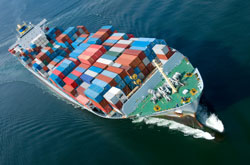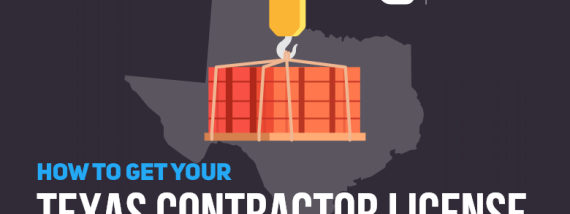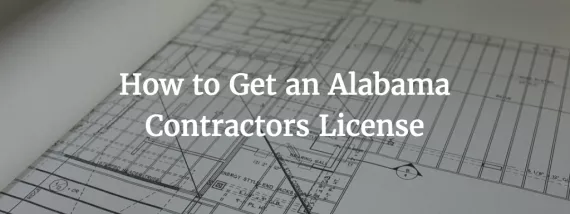U.S. Customs Bonds (CBP Form 301) explained
Importation of merchandise in the US is heavily regulated. As of 2003 the main regulating body is the U.S. Customs and Border Protection, whereas the rules and regulations are mostly determined by the Trade Act of 2002, more commonly known as the Mod Act. If you are operating as an importer, there might be cases in which you face a surety bond requirement, especially if you are importing goods that are subject to special regulations, such as food or firearms. The kind of surety bond required from importers is called a U.S. Customs Bond and can also be referred to as CBP Form 301. There are certain details about the customs bond that you need to know before you can apply for and get one.
What is a U.S. Customs Bond?
U.S. Customs Bond is a commercial type of surety bond. Generally put, a surety bond is an agreement between three parties – a principal (the one who needs to post the surety bond), an obligee (the one whom the surety bonds is protecting) and a surety (a surety bonds company, guaranteeing that the principal is capable of fulfilling their obligation to the obligee).
In this current case, the principal is the importer and the obligee is the the U.S. Customs and Border Protection. The customs bond is required to protect the U.S. Customs, as well as the public and makes sure you will pay your duties, taxes and fees on time and that you will comply with all laws and regulations, regarding the importation of merchandise in the U.S. In case of a breach of the agreement, a claim can be placed on the bond. If the importer is found liable, the surety bonds company will reimburse U.S. Customs and Border Protection for any losses, after which the importer will need to pay back to the surety.
When do you need a U.S. Customs Bond?
You don't need a customs bond every time your import goods, but certain situations always require one. One such case is when the total cost of the merchandise you are importing exceeds $2,500. Each time you import foods or objects that might be potentially hazardous (such as firearms), you will also need such a bond.
Depending on your business, there are two types of customs bond you can obtain. Single Transaction bond is good for the occasions when you only need to import goods once and only at a specific port. A Continuous Customs Bond, on the other hand, can be used multiple times and at more than one port. For example, all international carriers that transport freight or passengers into the country (regardless of the means of transportation) usually obtain the continuous customs bond.
 But importers are not the only ones who might be required to post a customs bond. Domestic carriers who wish to handle imported cargo “In Bond” also need to post one. “In Bond” means that the piece of cargo hasn't been cleared by U.S. Customs and is not intended to be launched in the U.S. market. Finally, warehouses and other facilities who want to store secured cargo while it's held by U.S. Customs fall under the bond requirement as well.
But importers are not the only ones who might be required to post a customs bond. Domestic carriers who wish to handle imported cargo “In Bond” also need to post one. “In Bond” means that the piece of cargo hasn't been cleared by U.S. Customs and is not intended to be launched in the U.S. market. Finally, warehouses and other facilities who want to store secured cargo while it's held by U.S. Customs fall under the bond requirement as well.
How much does a customs bond cost?
The price of your customs bond depends on a variety of factors – type of bond (continuous vs. single-entry), quantity and content of cargo, etc. A continuous customs is 10% of all fees and taxes you have paid in the previous 12-month period, but can be no less than $50,000. That does not mean, however, that you need to post the full amount. The price you pay to get bonded will be a certain percentage of the total amount of the bond. Only in case of a claim against you you will be liable for the full amount.
Single entry bonds are usually the minimum declared value of the merchandise you are importing, but the price may vary from port to port.
How to get bonded
Getting a customs bonds only takes a few minutes and can be done entirely online, through the website of Lance Surety Bonds. You can quickly determine the cost of your bond by getting a free quote.
- Fast and Secure Application
- Nationwide Coverage
- Approval in Minutes
- Money Back Guarantee
Recommended Articles
- Fast and Secure Application
- Nationwide Coverage
- Approval in Minutes
- Money Back Guarantee
- Image

- Image

- Image

Lance Surety Bond Associates, Inc. is a surety bond agency based out of southeastern Pennsylvania that is able to write all surety bond types in all 50 states. We are dedicated to servicing all of our customers' surety bonding needs throughout the country and guarantee competitive rates, timely responses, and unparalleled customer service.








